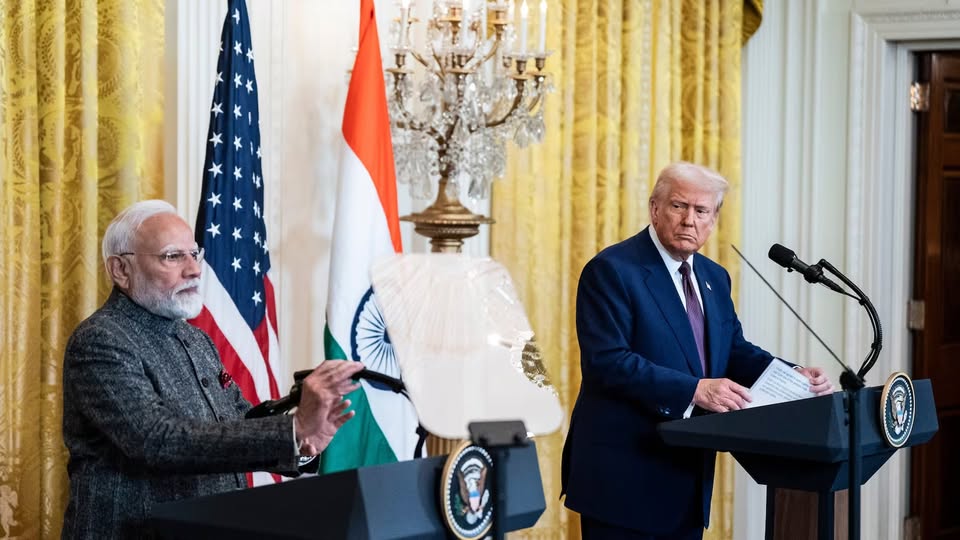Trump’s Tariffs Will Crush India’s Exporters Threatening Livelihoods, details a New York Times Report:

US President Donald Trump’s tariff gamble sparks Indian export rush to US, but a 50% duty threat hangs heavy.
New U.S. taxes on American imports, even at 25 percent, will hurt many Indian businesses and may put vast numbers of people out of work.
Times reports further says that, A big part of India’s economy is facing a nightmare scenario. On Aug. 27, the extraordinarily high tariff of 25 percent that President Trump imposed on its exports to the United States is set to double. Businesses that were viable are bound to go bust quickly as orders dry up.
Industries in line to face unbearable wipeouts include Carpet making, textiles and garments, aquaculture — mainly farmed shrimp — and furniture. They are not India’s flashiest businesses, but together they employ many millions of workers, and the billions they earn have helped keep India financially strong during periods of crisis.
India is the primary producer of generic pharmaceuticals used in the United States, for instance, and the United States is that industry’s biggest consumer market. But a carve-out in the Trump administration’s tariffs has left it in limbo. It costs nothing to import Indian drugs at the moment. But the president has promised that there will soon be a 150 percent tariff, and eventually perhaps 250 percent, which Mr. Trump believes will kick-start production in the United States.
Similar exemptions for semiconductors make it impossible to predict whether India’s thriving electronics manufacturing — exemplified by Apple’s shift in iPhone production from China to India — can survive. For the moment, they’re off the hook.